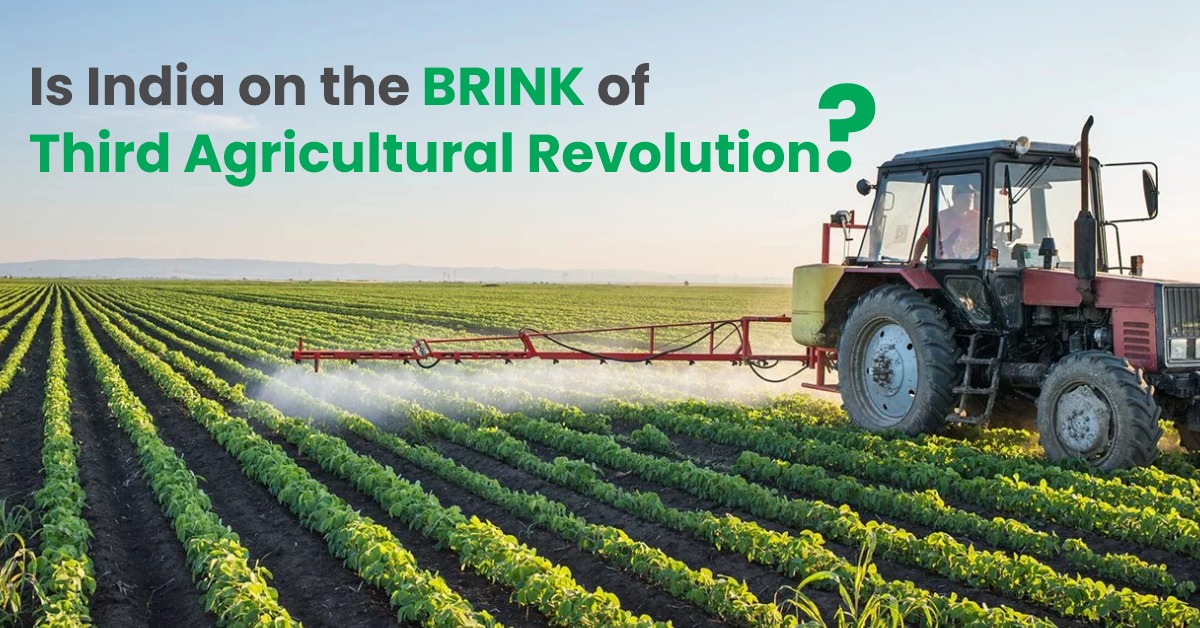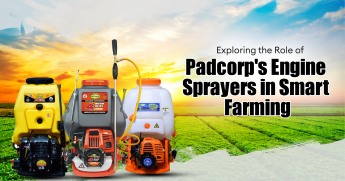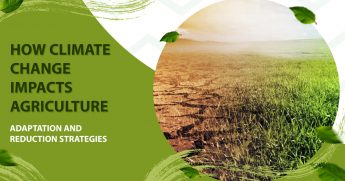Agriculture, the backbone of the economy of India serves a living to more than 50% of the country’s population. Since so many people rely on farming, the sector has seen dynamic changes right from Independence in 1947. Now, with the commencement of agriculture 3.0, it is anticipated that the crop yields will rise dramatically. This is also triggered the white revolution making India, the largest milk producer, globally.
This tradition has led India to self-sufficiency and it was only possible as India’s small farmer community was prioritized. Both, the national and state-level policies were driven towards the development of the farmers. The Indian Council of Agricultural Research (ICAR) is the world’s largest network of institutions of agricultural research and education. The network includes Krishi Vigyan Kendras (KVKs) including 645 other systems. They explain and demonstrate different agricultural technology-based practices and provide consultancy.
Even after so many efforts, the farmers are still stuck cycle of poverty majorly because of crop losses and collapsing ecosystem. To eliminate these challenges and realize the expected potential, Indian farming sector needs the third revolution. Rightly so, our steps are turning towards the change.
Insights of the First and Second Agricultural Revolution
The agriculture 1.0 was the post-Independence era where all the efforts were to revive financial stability and empower every Indian. This was like building a spine for the Indian economy. That era was potentially labor intensive and productivity-centric.
The agriculture 2.0, on the other hand, was all about the agronomic management practices. The use of new and convenient tools, synthetic pesticides, etc. increased rapidly. This enabled a higher yield by hybrid crop production, relatively growing ROI. Government policies also actively encouraged remote markets.
But with Agriculture 3.0, India is entering a new era, especially for the small farming community with the rigid mindset of switching to automation.
Movements towards the Third Agricultural Revolution
Utilizing Technology to Evolve Agricultural Equipment and Practices
The enhancement in technology for greater efficiency, the bigger scale of production and precision farming. Genetic technology and convenient equipment are anticipated to favor aspects like residue management, discarding extra field operations, disease control, rise in annual costs, multi-functional equipment, etc. There various multi-lingual digital platforms and application provides 24X7 advisory. It gives real-time information like weather data, forecasts, mandi prices. It also enables interaction with agricultural experts.
The Unification of Government and Private Sector
The biggest role of the private sector was the development of various digital platforms, manufacturing affordable as well as handy equipment in compliance with government policies. There are many manufactures that contribute to government initiatives and also work on a personal level to empower small farmers. For instance, Padcorp Company based in Pune and Nagpur provides a wide range of 450+ equipment for all types of farming seasons. The company is also an active contributor to the Maharashtra’s Agriculture, Agri-business, and rural transformation (SMART) and encourages the concept of farm-produced companies (FPC).
The Popularization of Micro-Irrigation
Almost every farmland in India is irrigated and yet outdated irritation methods are predominantly used, due to which one-third of the water is wasted. Micro-irrigation prevents this wastage. There are two major micro-irrigation methods viz. drip irrigation and sprinkler irrigation. The methods are determined as the water needs of the crops and are vastly beneficial for cost-cutting, less power consumption, better fertilizer and nutrition consumption, plus the reduced need for labor.
Efficiency and Profitability Becoming the Primary Focus
Every member of the agriculture sector is focused on increasing the value chain and gain profits. A better value chain is aimed with increased efficiency and reduced input costs. The investment in any farm equipment is looked as an emotional and not economic decision. Thus, the innovations, as well as government policies, are on these lines. This emotional quotient is driving profitability by creatively seeking ways towards sustainability and the sale of crops.
Conclusion Many manufactures like the Padcorp are acting as a concerted push to reach the agricultural revolution. The company has been providing affordable and effective solutions to small farmers with their excellent



